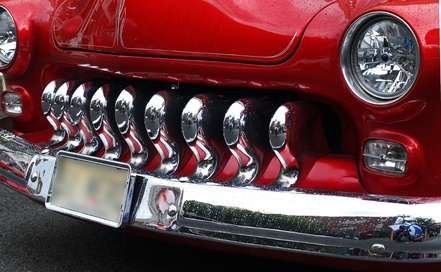
Many vehicles sit for extended periods of time. Antique cars, hot rods, motorcycles, even the family motor home, can go years without you trying to start them up. Removing a vehicle from storage and getting it back on the road is usually not a difficult process. But taking a few precautions before firing up the engine will ensure components are not damaged.
Flush the old gasoline from your fuel system and refill the gas tank. Gas deteriorates over time, losing its octane, and old gas can damage engine components.
Drain your engine coolant and refill to remove rust buildup. If your vehicle is older and the radiator lines or the radiator itself haven't been changed, it's likely that rust has developed in them.
Change your oil and replace the oil filter according to your vehicle's owner's manual.
Test your car battery with a Multimeter. You likely will at least need to recharge the battery, and you may need to replace it.
Remove the spark plugs. Check for corrosion and replace if required. Lubricate the spark plugs with upper-cylinder lubricant and reinstall them.
Check brake lines to ensure there is no corrosion. Depress the brake pedal to confirm there is proper pressure on the brake pedal. Flush the brake fluid from the reservoir and refill. Engage your parking brake to ensure it is working.
Measure the pressure on all four tires with a tire-pressure gauge. Variable temperatures in storage can lead to changes in tire pressure.
Inspect your air filter for dirt particles and replace if required.
Check the signal lights and brake lights to ensure there are no burnt-out bulbs. Replace bulbs if required.
Fire up the engine and take your vehicle for a test drive.